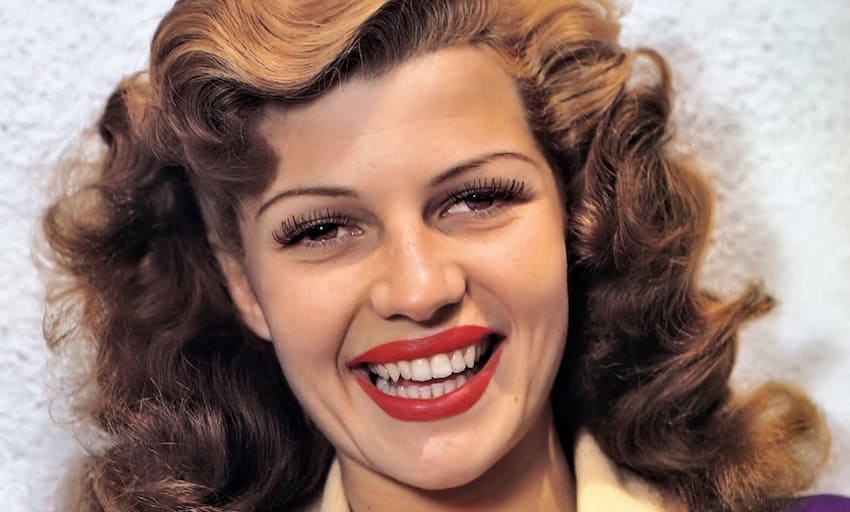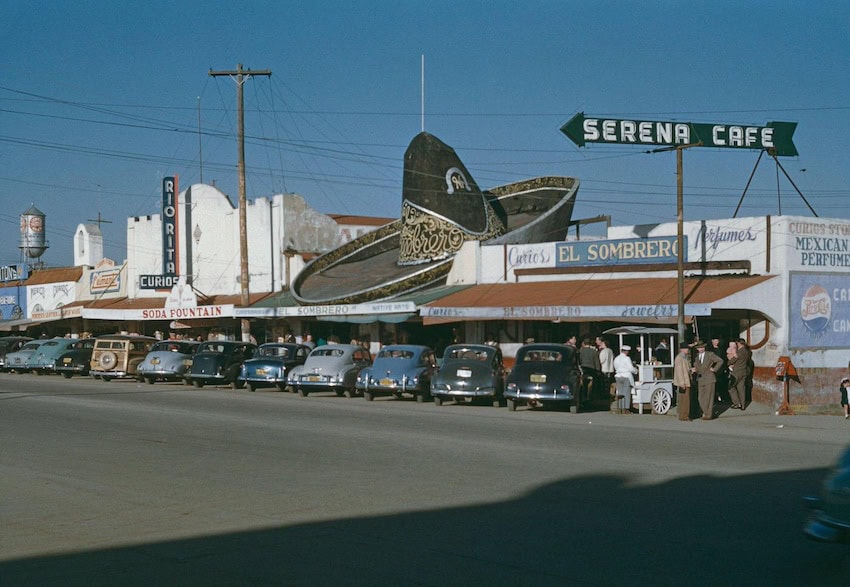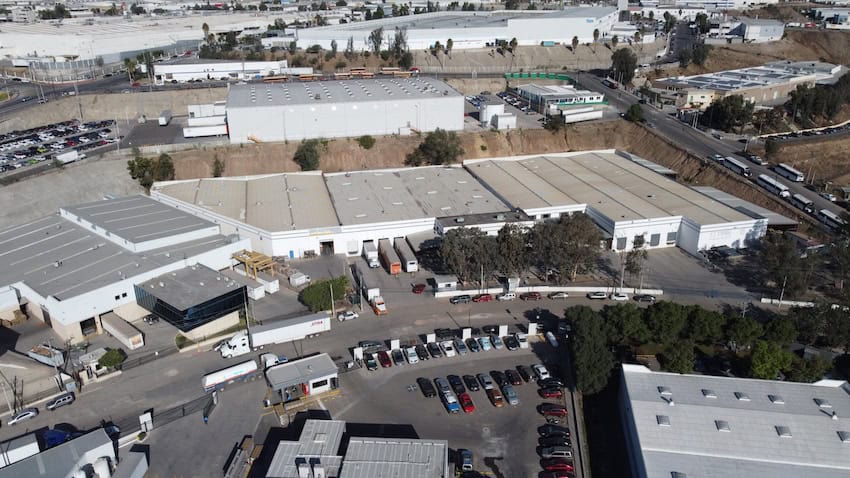Dijuana should never have happened. In the northwest of Mexico, the city is crowded against San Diego on the US border, surrounded by mountains and valleys. Nevertheless, it has become the second largest city with more than 2 million populations on the west coast of North America after Los Angeles. Defined from growing up to the north and west of the border and the sea, it spreads to the south of Playas de Rosarito (Rosido Coast) and the East to Degate, Award -winning wine is not far away.
Its relationship with its northern neighbors, San Diego, is always complicated by a boundary that does not follow a natural path, but was attracted to a straight line after the war between Mexico and the United States. San Diego was clean and properly with a large port, and the benefits of being part of the rich American state and the most prosperous nation in the world. Dijuana was part of a nation that was fighting irregular, dirty and civil war.
What to do with Dijuana? It began to exploit the evils that were not available to the north of the border and to convert its economy to the US. In contrast, it is good and good to be considered bad in Dijuana when it is accepted by San Diego and the United States.
In the 1920s, relaxation became the law of land in the United States. The bars were closed and liquor sales were banned. But the bars and saloon were widely open in Dijuana.
When Dijuana was delighted to sell liquor to thirsty Americans such as Broonfers and Bootlers and negotiations in the United States, they were glamorous days. Hollywood set and others gathered to Dijuana to reduce their thirst. Caesar’s restaurant opened in 1924 in the city’s main street, Avenita Revisian, Caesar found salad to serve hungry drinkers.
But the day when the 18th Amendment was canceled in 1933, Dijuana quickly became a ghost city.
What do you do? Dijuana found himself again. Casinos were legal in Mexico in the 1930s, but they were not in California. Built and owned by the same people who created the Casino Las Vegas in the Agua Galid – Los Angeles, Mickey Kohan and Paxi Segal. Successive The prosperity of the gambling is named after Rodrigas, a monument built in his memory at the Dijuana International Airport.
Casino and Spa have reached a myth, flying to play Hollywood stars and thugs-their wives (or husbands) with women, even though they are. Music nightclubs were broadcast on the radio. Margarita Consino was found here and became the famous Rita hawort.

But in 1935, the newly elected President Lazaro Cordenas Baja put an end to gambling and casinos in California, and the Agua Galian complex stumbled and later closed. Dijuana turned back into a ghost city.
Later, the US navy attacked the port of Japan, and millions of young navy sailors from all over the United States came to San Diego. As for young people, San Diego was considered “beautiful”, but in fact, in fact, he was bored.
It was then that Dijuana – especially its bars with the Avenita Revolusian – became the place to have fun for many of these military men. Dijuana’s worst “Sona Norde” provided the red-light zone of the United States of America. Bull fights were “subtlety” and enthusiasm to the young American, and they also found that they were “not in the concus”.
Then the war was over, and again, Dijuana was tired. American tourists still flocked to Dijuana, however, the Conservative Eisenoor in their home country is looking for what they cannot get.
Immediate weddings and quick divorce were available immediately. Despite the illegal abortion throughout Mexico, the abortion has flourished for American women with unfortunate or unwanted pregnancy in Dijuana. Overpiece shows at the bad Blue Fox bar were also popular, where women did things with their anatomical nature, which surprised and titled, often with the participation of the audience.
Then came the sex revolution in the 1960s and the United States. Dijuana fell back in difficult times.

In the 1960s, Dijuana invented a new way of doing business with Americans – free trade zones, where the goods around the world could be purchased north of the border. Without tax, many beautiful shops, including Sarah, Torian, Maxim imports and endless beauty distribution shops and fashion outlets, opened in Dijuana.
Dijuana stores carried perfumes and excellent items from Asia and Europe, which attracted customers from both the US and Mexico, a long time before the available items in the local San Diego sector.
After the implementation of the National Border Industrialization Program of Mexico 1964, the Dijuana Dijuana was controlled by the River-the possibility of flooding the city’s inferior parts-Deijuana found another steady way to bring prosperity to its people. The raw materials in the “Macvilatora” program sent to Dijuana to the assembly and then returned to the United States.
Since then, the Maguviladora project has created a rich city, which now exports about $ 200 million sophisticated products every day. Dijuana has become a global leader in television production, heartbreaks, heart valves, orthopedic products, space parts and trucks. It is the world’s largest hub for making medical devices.
International companies with names worldwide have begun to produce in Dijuana. Companies such as Kioshera, Toyota, Hyundai, Samsung, Panasonic, Sony, DJO Global, Cubic Corporation, Solar Dynics/Carpeal, Bose Speakers, Sharp and Velch Allin opened Macviladoras.
The next time you take your blood pressure, look at the equipment. There are contradictions that this will be done in Dijuana – Welch Allin in Mexico. Plantronics (now Bali) are made of headsets used by astronauts. Dijuana is made more flat screen televisions than anywhere else in the world.

Over the past decades, Dijuana has reached the skill pool of more than 11,690 skilled employees. Mexico has now graduated with more engineers than the United States, and a country is twice as much as its size. Many Dijuana Universities, such as UABC, CETYS and TECNM. Local universities and technical schools have developed advanced and special engineering programs to maintain the development of this sector.
More than 37 Tier 1 companies and industry suppliers are now operating in the city. This cluster refers to the concentration and employment of the largest companies in the space and security sector in Mexico.
The city provides a production environmental system with a unique combination of competitive factors such as 30 years of production experience, world -class quality, competitive labor costs and local distribution chain. There are more than 50 sophisticated industrial parks in Dijuana today.
Growing pharmaceutical stores sell pharmaceuticals from the same international companies, but at very low prices. Many drugs that require a drug in the United States can be purchased at the counter in Dijuana, which is one of the tourists coming to the city.
Then there is real estate. On the beautiful coast of Dijuana and neighboring Rosarito, foreigners can buy apartments and houses at a price of one third north of San Diego County. At the center of Dijuana, more than a dozen tall condominium advances have become popular among American buyers, some of them are working north of 70,000 daily passengers.
They choose to live in Dijuana for three main reasons: low -life cost, different, dynamic culture and family connections.
For many civilian workers who use the global entry/Centry system of the United States, Dijuana recognizes Dijuana as a preferred residence, excluding San Diego’s high household expenses, to easily overcome their work.
These passengers are part of more than 120,000 Americans living on the California Peninsula. Their requirements are offered by ONE of the world’s largest US embassiesOf course, in Dijuana.
Dijuana, who once thrived at a time, was now progressing one of Mexico’s industrial power homes by providing the opportunity to be bad for Americans.
James Clark writes to Mexico News Daily
(Taxotronslate) Baja California (D) Dijuana
Story Credit








